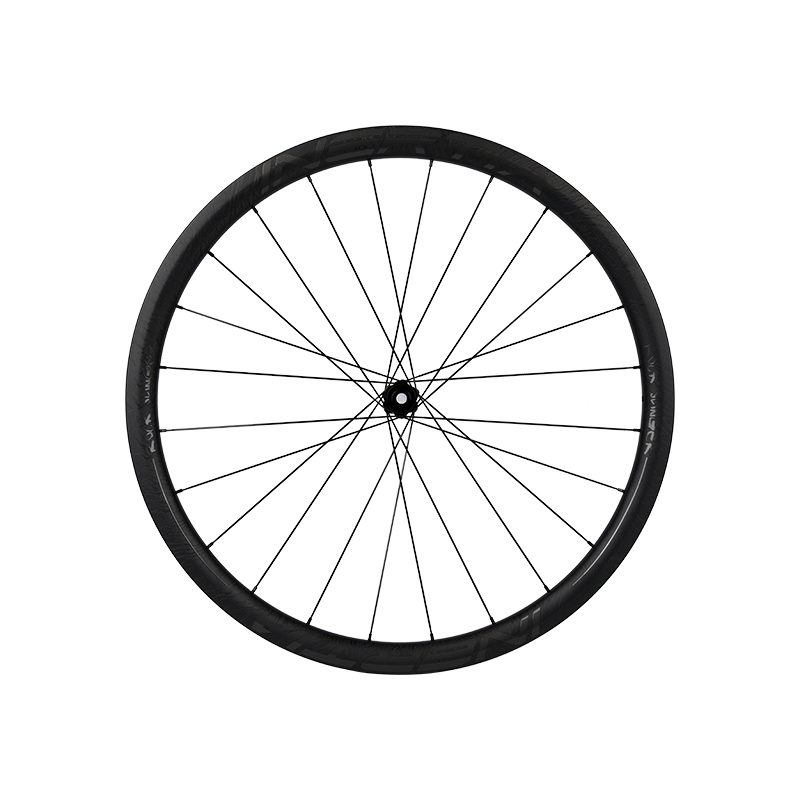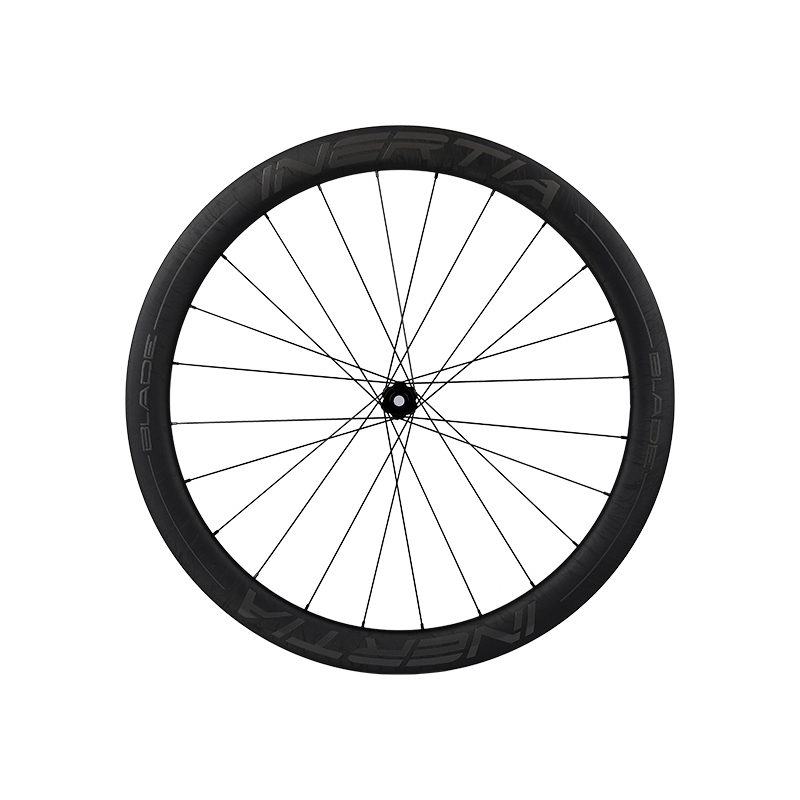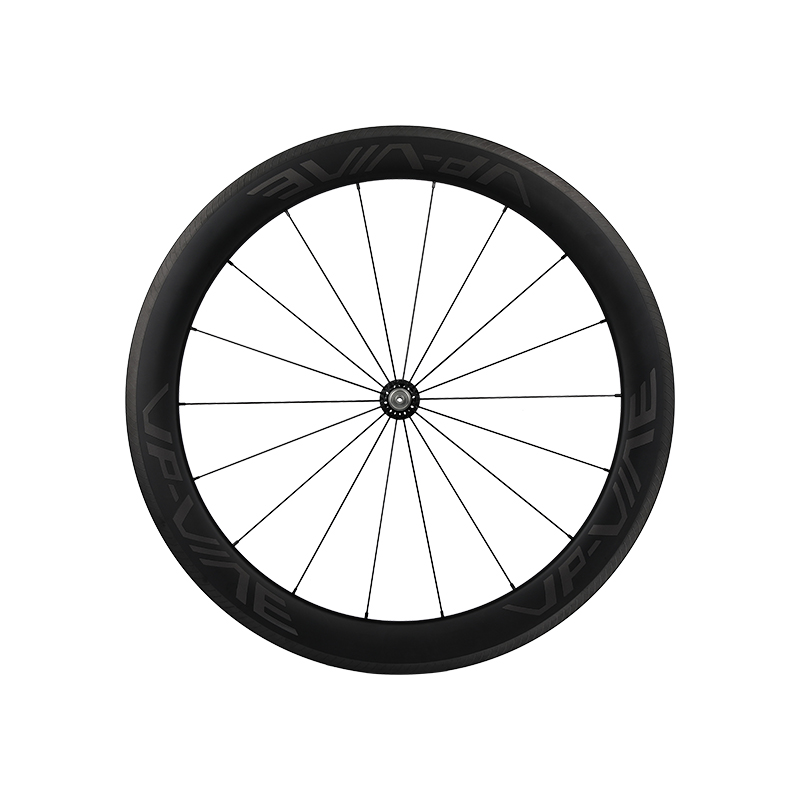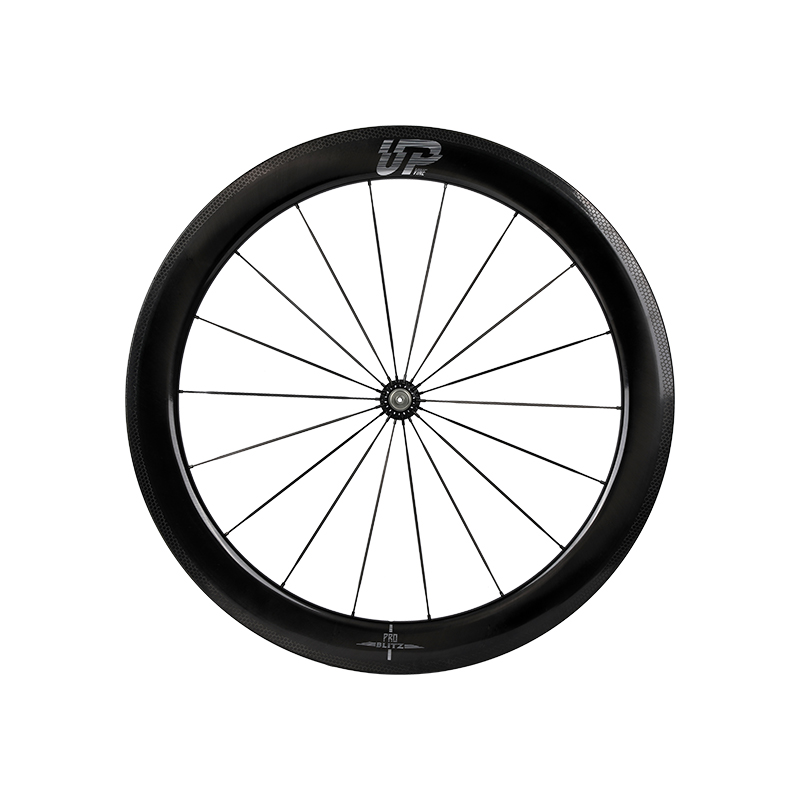Road bike wheel hubs are designed to provide quick engagement, which is crucial for efficient power transfer from the cyclist's pedaling to the wheels. The hub is the central part of the wheel that houses the axle and bearings and allows the wheel to rotate freely. Here's why quick engagement is important and how it is achieved:
Efficient Power Transfer: Quick engagement in the hub ensures that when a cyclist starts pedaling or applies force to the pedals, the hub's internals engage instantly, transmitting power to the wheel. This responsiveness is critical, especially during rapid accelerations, climbing steep hills, or sprinting. It reduces any lag or delay in the power transfer, enabling the cyclist to get the most out of each pedal stroke.
Improved Control: Instant engagement in the hub also enhances control over the bike, especially in technical sections or when navigating through tight corners. It allows the cyclist to modulate power and speed precisely, making it easier to maintain balance and stability.
Ratcheting Mechanism: The quick engagement is achieved through the ratcheting mechanism inside the hub. This mechanism typically includes pawls and teeth on the hub shell and the freehub body. When the cyclist stops pedaling, the pawls disengage from the hub shell, allowing the wheel to spin freely. However, as soon as the cyclist applies pedal force, the pawls engage with the hub shell, transferring power to the wheel.
Number of Engagement Points: The number of engagement points refers to how many times the pawls engage with the hub shell during one complete rotation of the crank. More engagement points mean quicker power transfer as the wheel has less rotational slack when force is applied to the pedals. Higher-end road bike hubs often have more engagement points, providing more immediate power transfer.
Quick engagement in the hub is especially beneficial for road cyclists who frequently encounter varying terrain, need to respond quickly to changes in pace, or participate in races that demand swift accelerations and decelerations.
It's worth noting that different manufacturers offer various hub designs with different engagement characteristics, and cyclists may have their preferences based on riding style and personal preference. When selecting road bike wheels, it's essential to consider factors like hub quality, engagement points, bearing type, and overall durability to ensure optimal performance and responsiveness.



 Español
Español













